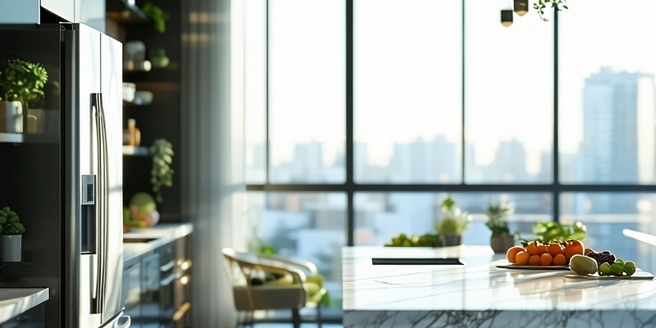Impact Of Property Condition On Rent

How Property Condition Influences Rental Value
The condition of a property plays a crucial role in determining its rental value. A well-maintained, visually appealing property can command higher rental prices, as it provides tenants with a sense of security and comfort. Renters are often willing to pay a premium for properties that require less immediate maintenance and offer a move-in ready experience. For instance, freshly painted walls and updated appliances can significantly boost appeal. On the other hand, properties in poor condition might struggle to attract tenants or achieve competitive rental rates, as prospective renters may factor in potential repair costs. Landlords investing in regular maintenance and upgrading essential features can not only maintain but potentially increase the property’s market value and attractiveness to potential tenants.
The Role of Maintenance in Tenant Retention
Regular maintenance is pivotal in tenant retention, as it directly affects tenant satisfaction. When issues are addressed swiftly, it fosters a sense of reliability and trust between the landlord and the tenant. Regular inspections can help identify problems before they arise, allowing for even more effective maintenance. Well-maintained properties reduce the likelihood of unexpected repairs or breakdowns, creating a hassle-free living environment for tenants. Moreover, addressing maintenance issues promptly can prevent minor problems from escalating into significant concerns. This satisfaction translates into longer lease agreements and potentially positive word-of-mouth, which can be beneficial for property owners. In contrast, neglecting maintenance can lead to dissatisfaction and higher turnover rates. Thus, proactive maintenance strategies are essential for sustaining long-term tenant relationships and minimizing vacancy periods.
Upgrading Property Features for Maximized Rent
Investing in property upgrades can significantly increase a property’s rental value. Modern improvements, such as updated kitchens, energy-efficient appliances, and smart home technology, can attract modern tenants willing to pay more for these conveniences. Additionally, incorporating eco-friendly materials can enhance the property’s sustainability profile. Even minor upgrades, such as fresh paint or new flooring, can make a significant difference in attracting potential renters. Enhancements that improve functional aspects, like better insulation or central heating, not only appeal to tenant comfort but can also aid in reducing long-term energy costs. A well-thought-out renovation plan can amplify aesthetic appeal and create a competitive edge in the rental market, ensuring that properties don’t just meet, but exceed tenant expectations, allowing landlords to maximize rental income.
The Connection Between Aesthetic Appeal and Rental Demand
Aesthetic appeal plays a significant role in influencing rental demand, as today’s renters often have a keen eye for design and comfort. Properties that offer stylish interiors and attractive exteriors should expect heightened interest compared to those lacking in visual appeal. Furthermore, the use of eco-friendly materials and designs can also attract environmentally-conscious tenants. From chic furnishings to well-landscaped gardens, every element contributes to a tenant’s perception of value. By curating visually inviting spaces, landlords can enhance the marketability of their properties, appeal to a broader demographic, and potentially command higher rental rates. The first impression carries weight, and investing in the aesthetics of a property can be a key differentiator in a saturated rental market.
Understanding Tenant Expectations and Property Standards
To meet tenant expectations, property standards must align with prevalent market demands and socio-economic trends. Tenants today prioritize safety, functionality, and aesthetics, expecting modern amenities, compliance with safety regulations, and overall property quality. As such, investing in energy-efficient appliances and smart home technologies can greatly enhance a property’s appeal. In addition, incorporating sustainable building materials can further attract eco-conscious tenants. Knowing what prospective tenants value can guide landlords in making informed decisions on property upgrades and marketing strategies. Remaining attuned to evolving tenant expectations allows property owners to not only meet but exceed standards, promoting tenant satisfaction and retention. By adhering to current standards, landlords safeguard against vacancies, thus ensuring a steady income stream and sustainable property success.